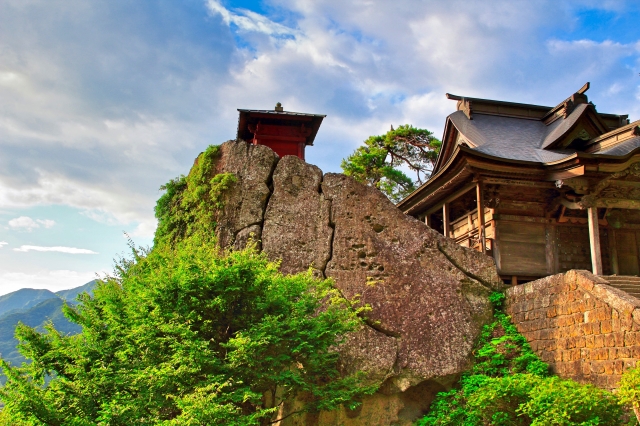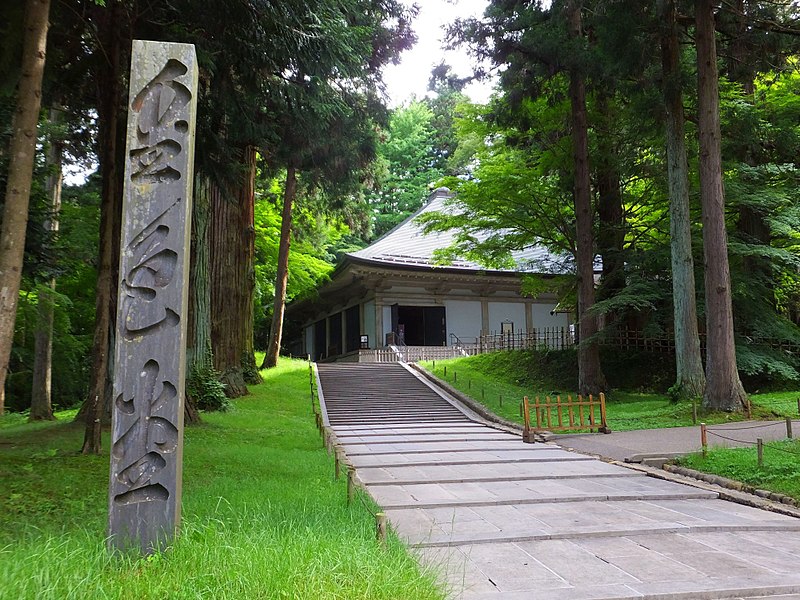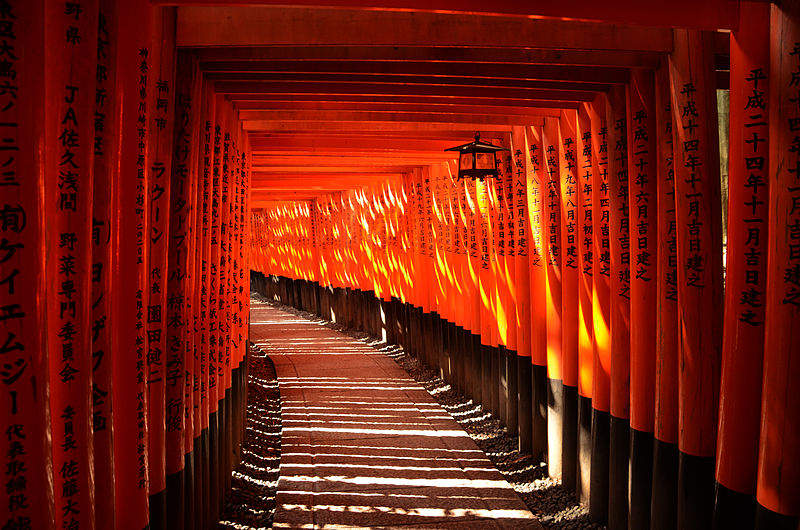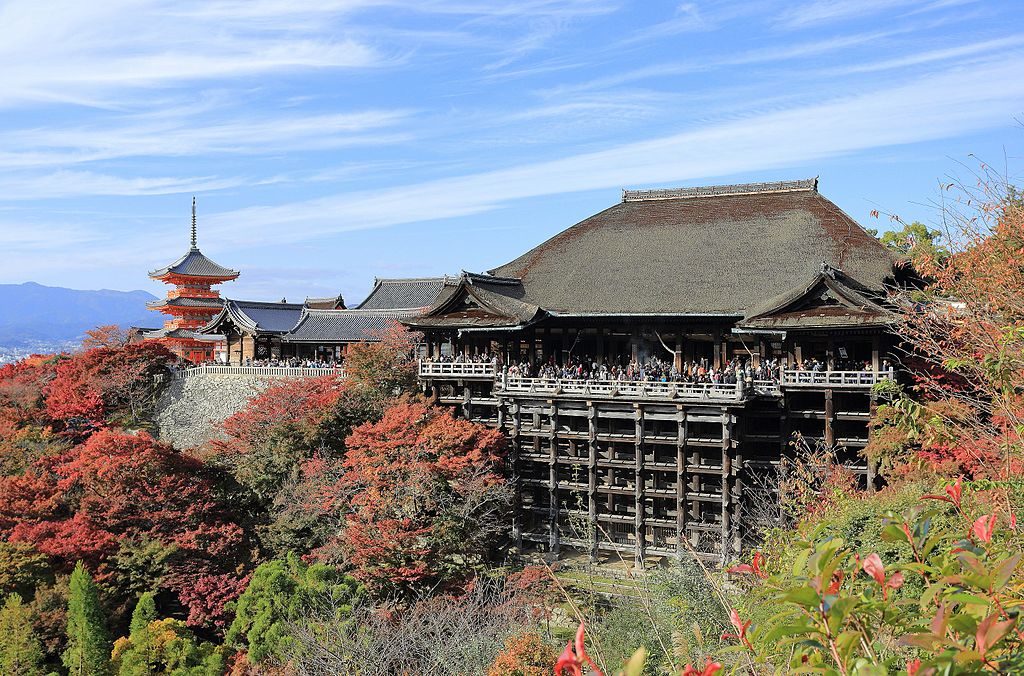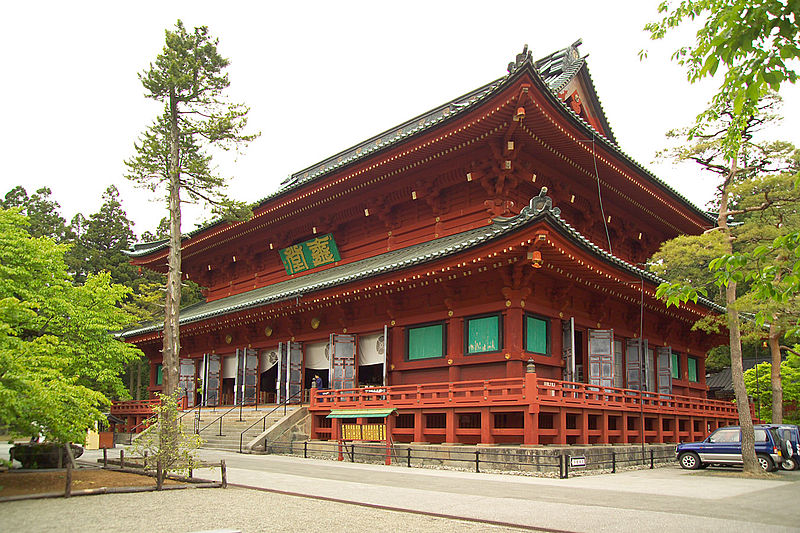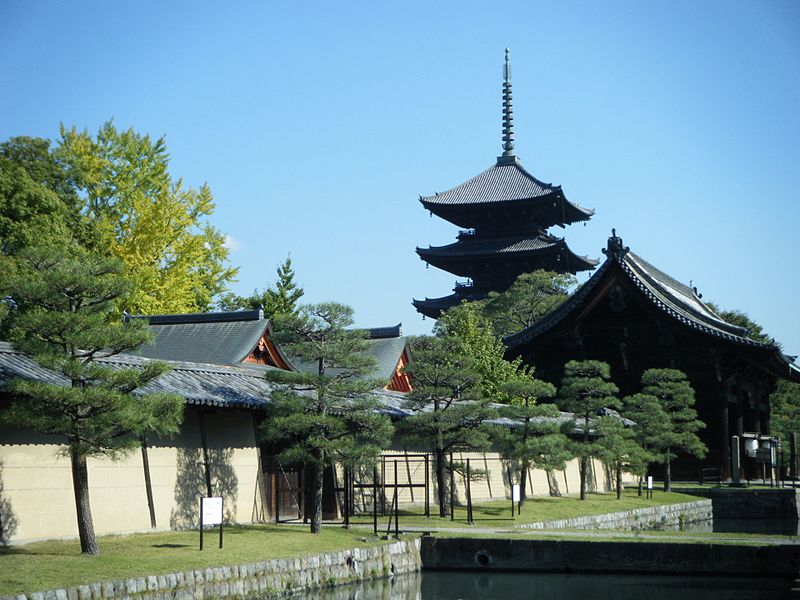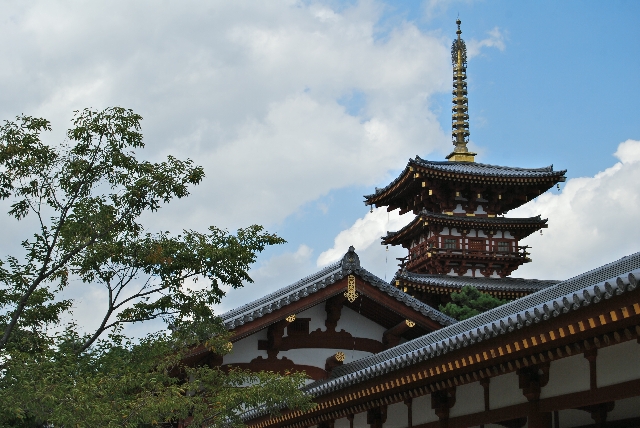Scenic Yamadera Temple in Yamagata, Japan
Yamadera (Risshakuji) Temple, famous for Matsuo basho’s haiku poem and outstanding view <img width=”640″ height=”426″ src=”https://www.masterpiece-of-japanese-culture.com/wp-content/uploads/2019/06/14639852423ba4b87d6dcacef0e00100_s.jpg” alt=”Yamadera” srcset=”https://i2.wp.com/www.masterpiece-of-japanese-culture.com/wp-content/uploads/2019/06/14639852423ba4b87d6dcacef0e00100_s.jpg?w=640&ssl=1 640w, https://i2.wp.com/www.masterpiece-of-japanese-culture.com/wp-content/uploads/2019/06/14639852423ba4b87d6dcacef0e00100_s.jpg?resize=150%2C100&ssl=1 150w, https://i2.wp.com/www.masterpiece-of-japanese-culture.com/wp-content/uploads/2019/06/14639852423ba4b87d6dcacef0e00100_s.jpg?resize=300%2C200&ssl=1 300w” sizes=”(max-width: 640px) 100vw, 640px” /> The famous Yamadera Temple in Yamagata Prefecture is a historical temple officially called “Mt. Hoju, Risshakuji Temple”. The temple is famous as the place where the great […]
Scenic Yamadera Temple in Yamagata, Japan Read More »

